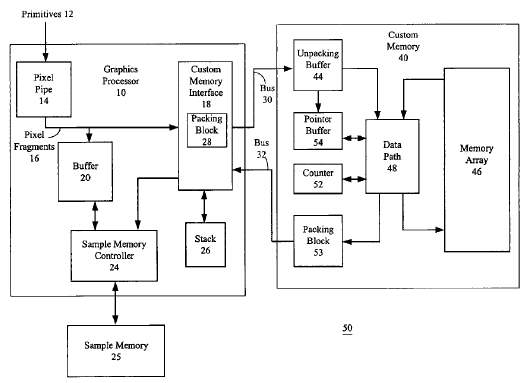Well, the problem is that how do you maintain a low-level API along with vendor-agnostic interfaces?
Edit:
Actually, now that I think about it, it might be quite nice to have a low-level API as an intermediate step between a higher-level API or language and the hardware. This would allow the implementation of compilers and API's without having to go through the graphics pipeline and also without IHV's having to write drivers for the specific API's. It would then be up to the API/compiler vendors to support the various types of hardware.
Edit:
Actually, now that I think about it, it might be quite nice to have a low-level API as an intermediate step between a higher-level API or language and the hardware. This would allow the implementation of compilers and API's without having to go through the graphics pipeline and also without IHV's having to write drivers for the specific API's. It would then be up to the API/compiler vendors to support the various types of hardware.


